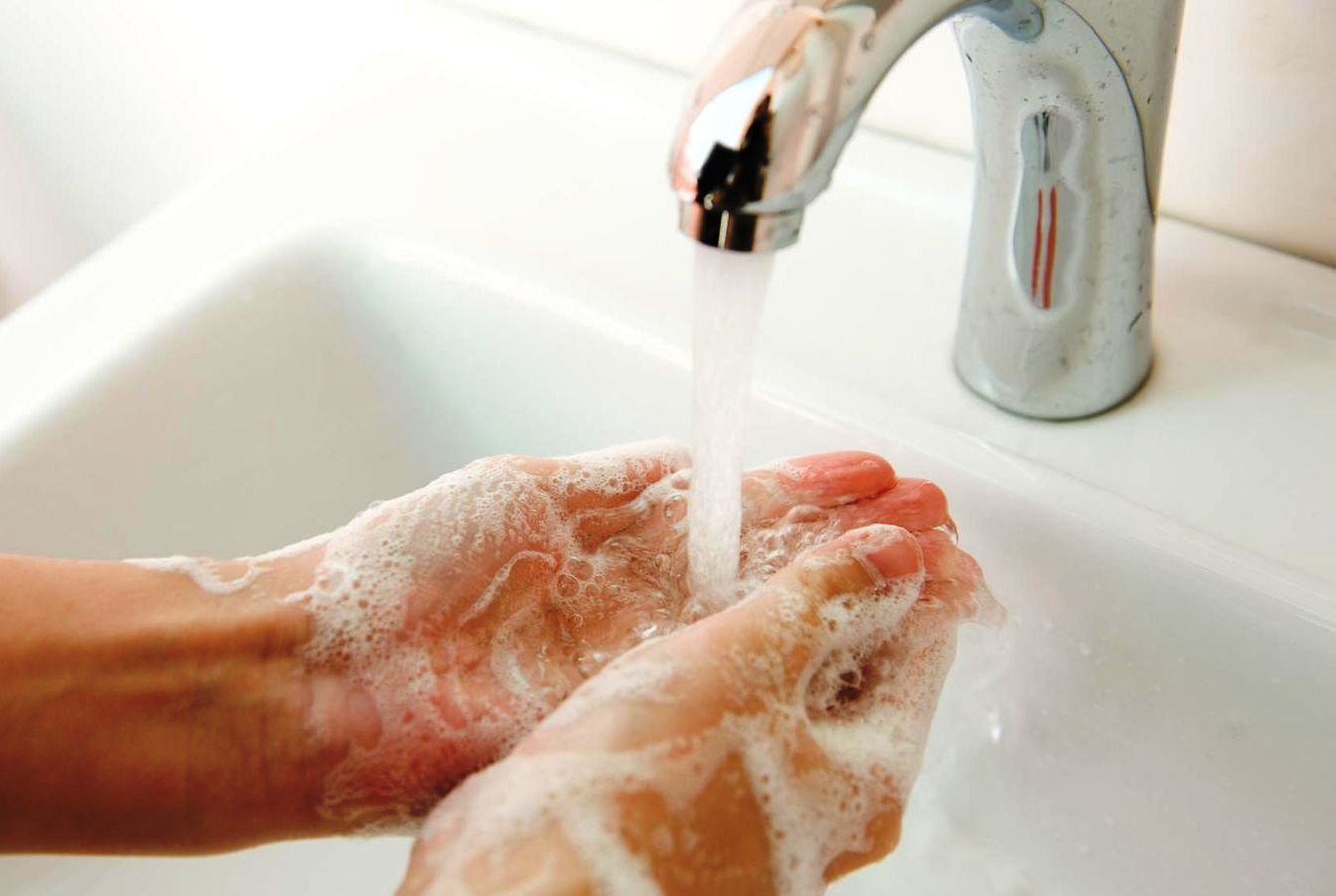Physical Address
304 North Cardinal St.
Dorchester Center, MA 02124
Physical Address
304 North Cardinal St.
Dorchester Center, MA 02124

Proper handwashing is essential to prevent health problems, from a cold or an infectious disease like COVID-19, to food poisoning. We explain how to do it right, step by step.
People often touch our face, mouth, eyes, or nose, so if the hands are not perfectly clean they become a vehicle for transmitting germs. Proper handwashing is one of the main ways to prevent many health problems, from a simple cold to more serious illnesses (about 200) such as the flu, COVID-19, hepatitis, giardiasis, cholera, pneumonia, and even viral infections or food poisoning such as salmonellosis.
Washing hands with a suitable soap or disinfectant and warm water is a simple action that we are taught from childhood, and whose primary objective is to eliminate from the skin a series of pathogenic microorganisms that we acquire when coming into contact with contaminated surfaces, and which can be viruses, bacteria, parasites, and fungi.
The fastest and easiest way to eliminate these microbes is to wash your hands well, especially at certain times such as after going to the bathroom, sneezing or coughing, having touched objects that could be contaminated – money, doorknobs, raw food … – or animals, after visiting a sick person or changing a baby’s diaper and, of course, before eating, or handling or preparing food.
World Handwashing Day is celebrated on October 15 to remember that this routine gesture for the majority is essential for the survival of millions of people, especially the smallest and most vulnerable. A little soap and water applied in the correct way and not by means of a quick rinse can help to reduce childhood diarrhea by half and respiratory infections by 25%, pathologies that cause the death of 3.5 million children.
Although it is an apparently simple task, below we detail, step by step, how you should wash your hands to achieve really effective hygiene:
If you do not have soap or water, there are hand sanitizer products, which are sold in the form of liquid or wipes, and that you can carry in a bag or backpack whenever you go somewhere where you are not sure if you can use a public bathroom.